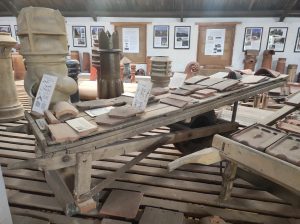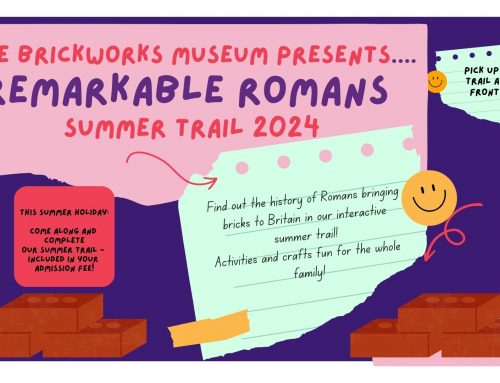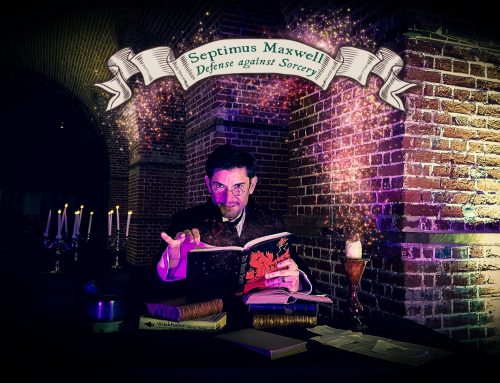Running-out barrows were used for transporting the bricks around the site. Whilst we do not know where this barrow was originally from, we do know that the wheel used was originally from the tail-end of a Spitfire!
During World War Two, Britain was subjected to vast and deadly air raid campaigns and Southampton was a major target for the Luftwaffe. Not only is Southampton one of Britain’s major port cities, but it was also home to Supermarine Aviation Works – the inventors and early producers of the Spitfire. Being so close to Southampton, it is incredibly likely that Bursledon Brickworks produced bricks which would be transported to the inner city and used to rebuild buildings that had been damaged or destroyed in the bombing campaigns.
For this reason, brickmaking was considered a reserved occupation meaning that the men working at the Brickworks were not required to fight if they had worked in this occupation for two or more years. Of course, not all of the employees at Bursledon had been working so long, so some workers were lost and the production was unavoidably scaled back. Nevertheless, the important thing was that the Brickworks were able to successfully continue their vital operations throughout the war and help keep Britain on its feet through the desperate economic and social conditions that the period brought with it.
You can see this barrow (and a great many others!) in the museum during our opening hours – this particular barrow is upstairs near the children’s play area.
This blog was written by Museum Volunteer Molly Hunter.














FOLLOW US